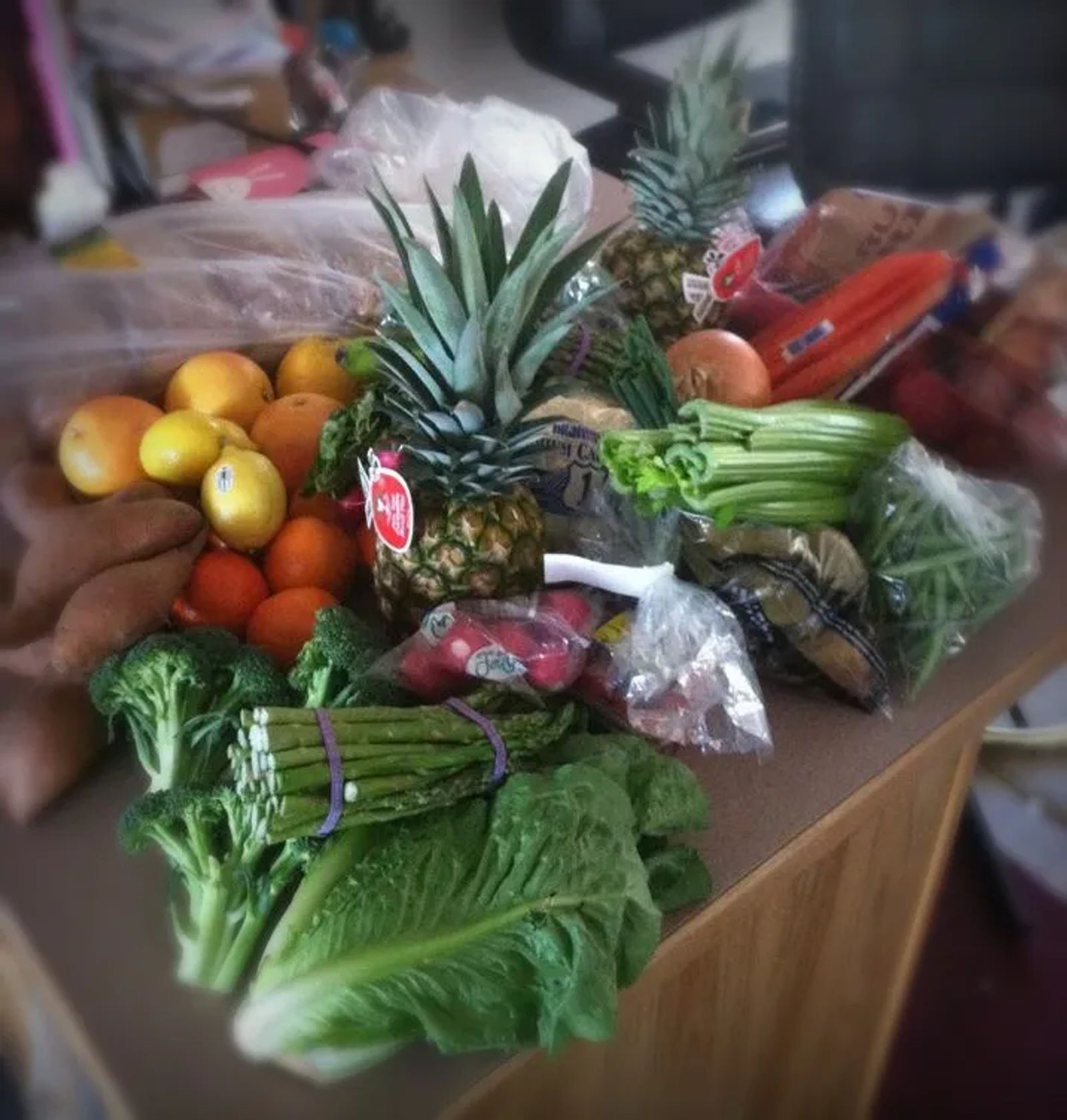
Tips for Adopting a Healthier Family Menu...More to Consider!
September 2013
by rebecca stewart
As our families settle into the back to school groove and summer turns to fall, we see Farmer’s Markets cropping up all around, enticing us with their fresh bounty, creating visions of healthy, well-balanced meals dancing in our heads. But with back-to-school comes jam-packed schedules which often equal hurried meals and moms and dads worrying about the food that’s supposed to be fueling their growing brood.
In Simply Family Magazine’s September 2013 issue we looked at tips for healthier eating – trying to determine if adopting a healthier family menu means going all in with the organic side of things (if that’s even an affordable option) or if a combo package of organic and conventional foods will get the job done. In the magazine we talked about everything from meal planning to planting your own garden to going beyond the grocery store; for our purposes we’ll dive a little deeper into the Environmental Working Group’s (EWG) “Dirty Dozen” and “Clean Fifteen,”, as well as sharing some more tips from Jessica Kotur, a Montana girl who has adopted a healthier eating plan with gusto and loves to share her tips and tricks for a healthier menu with others.
EWG’s Dirty Dozen and Clean Fifteen list seems to be the agreed upon place to start when determining which produce items have the most (dirty dozen) pesticides and which have the least (clean fifteen). If you’re interested in easing into adding organic items to your grocery cart – or want to know which produce items are safest in non-organic form - then this is an excellent starting point. Additionally, Jessica advises parents to do their own research and avoid following trends – discover what will work best for your family. She suggests signing up for websites or blogs, as well as hitting the library for tips and recipes.
EWG’s 2013…
Dirty Dozen
*Apples *Celery *Cherry *Tomatoes *Cucumbers *Grapes *Hot Peppers *Nectarines *Peaches *Potatoes *Strawberries *Sweet Bell Peppers
Clean Fifteen
*Asparagus *Avocado *Cabbage *Cantaloupe *Corn *Eggplant *Grapefruit *Kiwi *Mangos *Mushrooms *Onions *Papayas *Pineapples *Sweet Peas (frozen) *Sweet Potatoes
In these times of organic vs. non-organic, even the EWG agrees that a diet rich in fruits and vegetables is more beneficial than a diet without – organic or no. Still, it’s ideal to stick to items as close to their natural state as possible (this goes beyond fruits and veggies). Regardless, don’t walk away from the fruits and vegetables section at the grocery store just because you’re not sure what’s what or you’ve developed a case of information overload. Though packaging can cause confusion (is that package that’s claiming to be the healthiest snack ever really all that healthy?), reading labels is a great place to start as you move beyond the produce section.
Where do we even begin?
I don’t think the statement “Change is super easy and fun!” has ever been uttered, but it seems like when you’re getting on board the change-making train having the support of others can help tremendously. It’s a lot harder to back out of something when you’ve got someone holding you accountable – especially if that someone is a little person looking to you to show them the way (let’s face it, kids can be tough taskmasters!). So don’t just talk the talk with your kids, but walk the walk – a healthier you is just as important as a healthier them.
With that in mind, get the whole family on board. Consider adding a chart to your world that tracks each family member’s intake for the day. It could be something as simple as a chart that declares “I ate…” as your heading with your names filling the side of your chart and columns for vegetables, fruits, dairy, grains, protein - a visible reminder reinforcing your follow through. Free Printable Behavior Charts.com offers an incredible variety of chart ideas. Jessica notes that if you’re making small changes overtime, it eases the transition to “eating more plants and doing so affordably.”
Set yourselves up for success. Meaning keep those more healthy foods and snack items on hand – keep pretzels, raisins, or other non-perishables in the car for when you’re making the afterschool-to-practice dash, have things prepped and ready to go so it’s an easy snag from the fridge or pantry, gradually start making substitutions: one glass of milk when you would have had a soda, apple slices instead of fries...
As you’re adopting this healthier lifestyle as a family, don’t just eat healthier together, learn together. There are plenty of teachable moments to be had with your children as you go on this journey. Besides teaching your child the ins and outs of the kitchen (beyond the microwave, how great is that?!), you’ll be able to talk more about where your food is coming from, why you’re making the food choices your making, what these healthier food choices are really doing for your body (more energy, better mood, better sleep, better all around health)…All lifelong lessons your child can tap into for the rest of her life and pass along to her own children. Priceless.
